Astronomers are not infallible. We make mistakes, but unlike politicians we’re honest enough to admit them.
The classic case, to my mind, goes back over 10 years now, when radio astronomers at Jodrell Bank believed that they had located a planet in orbit round a pulsar.
In fact, they had made an elementary mistake in their calculations.
It would have been so easy to blame a computer fault or something of the kind.
Not a bit of it. Jodrell Bank’s director, Andrew Lyne, said simply, "We got it wrong."
His frankness further enhanced his already worldwide reputation.
Casting my mind back, I can think of three cases where almost everyone got it wrong.
Flora on Mars
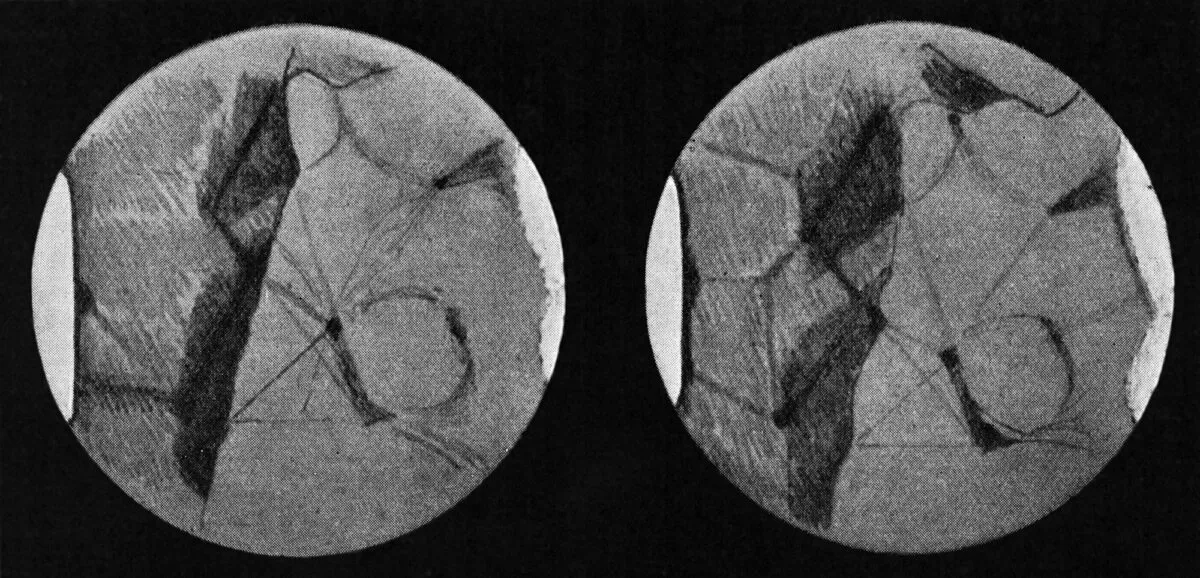
By the end of the Second World War, Percival Lowell’s canal-building Martian engineers had been reluctantly consigned to the realm of science fiction, but it was still believed that the dark areas were tracts of primitive vegetation.
In 1956 Gérard de Vaucouleurs, one of the leading planetary observers, claimed that when water vapour was released from the Martian polar ice caps, every spring, a "wave of darkening" spread slowly towards the equator, as the vegetation was revived by the arrival of moisture.
Even the canals had "a basis of reality".
One comment, made by the Estonian astronomer Ernst Öpik, was particularly persuasive. As we know, Mars experiences frequent dust storms and some of these are global.
I remember when Mariner 9 was approaching the planet and I was asked by NASA to go and make some observations with the Innes 26-inch refractor at Johannesburg.
On my first view, I saw a virtually blank disc – I likened it to a red Venus. It took weeks for the dust to clear.
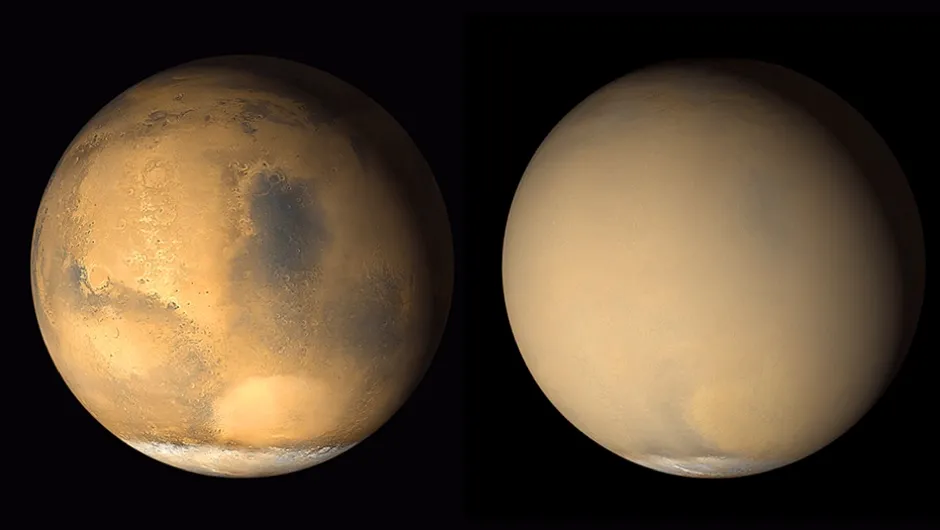
Well, said Öpik, if the dust covers the entire planet, the dark regions must be made
of plants that can grow and push the dust away, otherwise the surface would stay red all the time.
Most agreed. It was only when close-range pictures were obtained that the vegetation theory had to be abandoned.
As for the wave of darkening – well, I could see no sign of it, even though I’d been making regular observations.
I was right; others were not. In a moment I’ll come to a controversy in which I was badly wrong but first, let’s consider Venus
Venus's rotational period
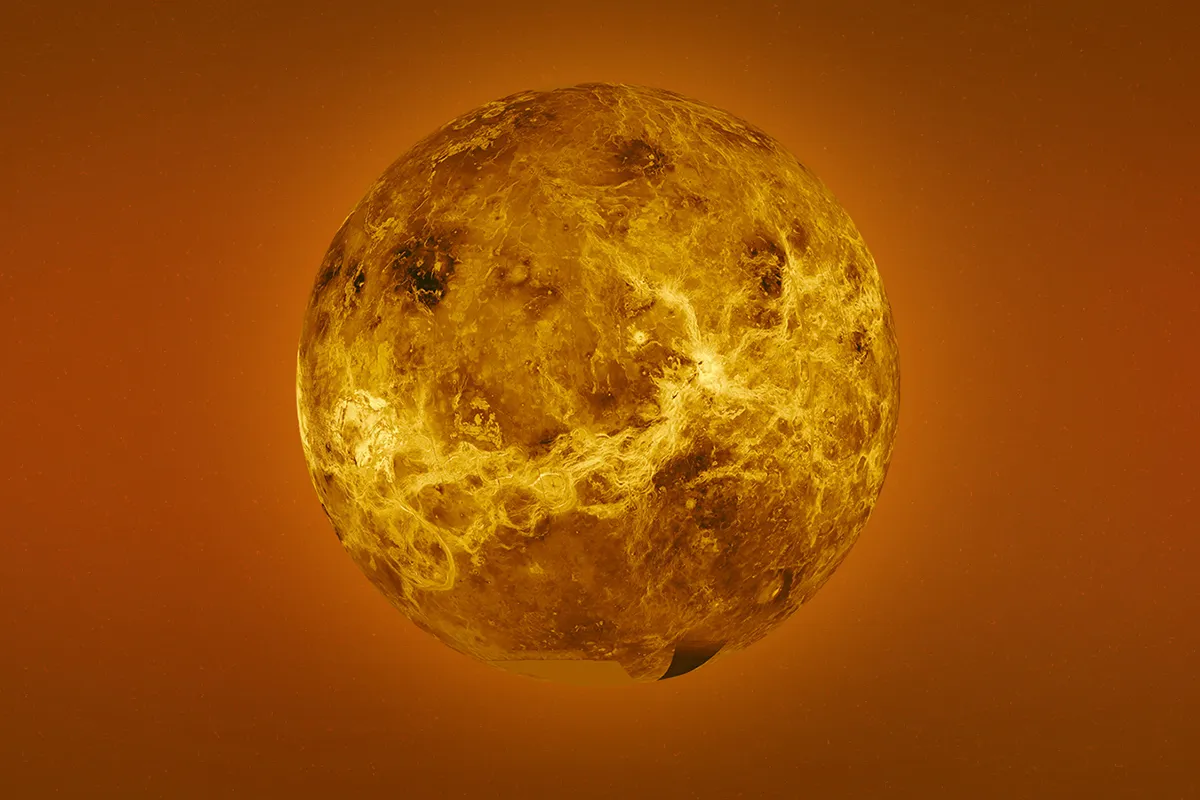
Venus had been regarded as ‘the planet of mystery’. In size and mass it is almost a twin of Earth and it is the brightest object in our sky, apart from the Sun and the Moon.
But Venus’s surface lies below its cloudy, obscuring atmosphere.
The orbital period was 224.7 days but what about the axial rotation period – Venus’s ‘day’? Nobody knew.
Efforts were made to measure it by following the drifting of surface features across the disc.
This is easy enough with Mars or Jupiter but the markings on Venus were too vague and impermanent to yield any reliable results.
Estimates ranged from around 24 hours up to 224.7 days.
If the latter had been correct, Venus would have a ‘captured’ or ‘synchronous’ rotation, keeping the same face turned permanently sunward just as the Moon behaves with respect to Earth (which is why we always see the same side of the Moon).
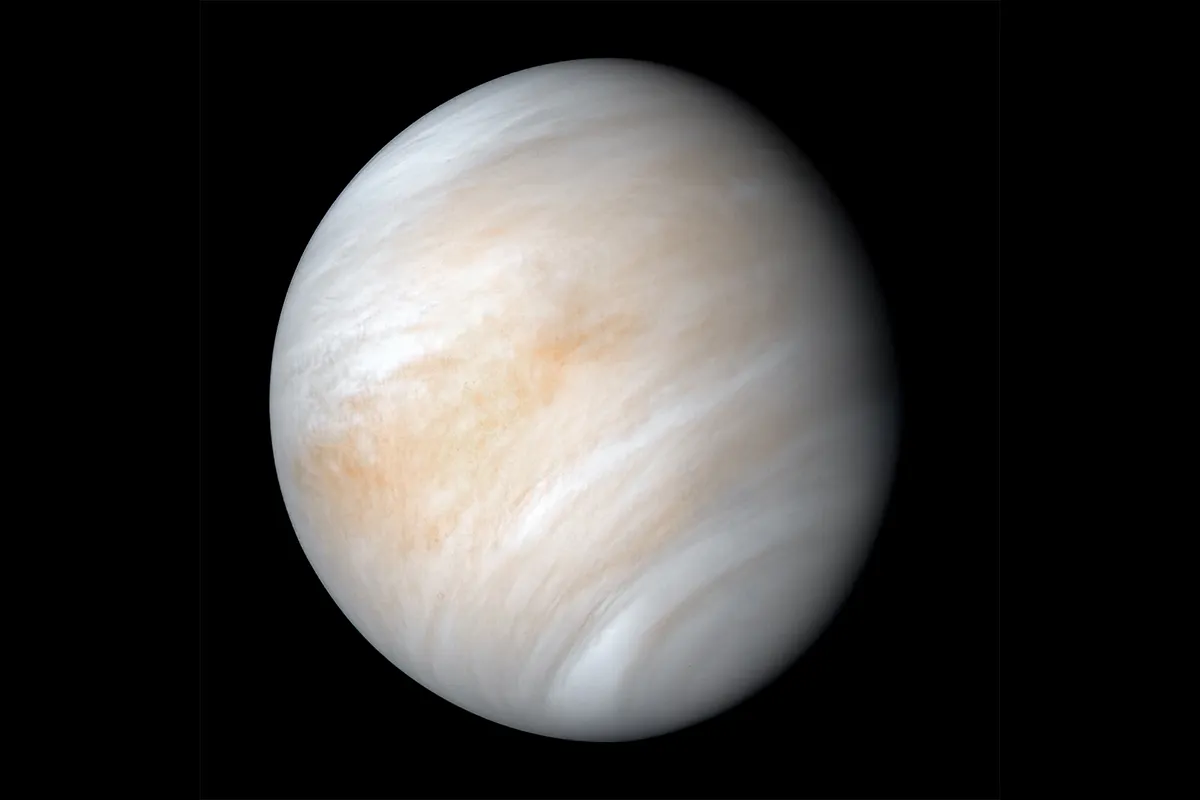
The general feeling was that the period was likely to be ‘a few weeks’, following the photographic results of work by GP Kuiper.
In 1960 I wrote a small book about Venus. In it were listed the rotation periods given by different authorities.
There were over 100 estimates and every one of them turned out to be wrong.
The true period of Venus's rotation is 243 days, which is longer than the orbital period – and even more confusingly, Venus spins backwards, from east to west, opposite to that of Earth and Mars.
To an observer on the surface, the Sun would rise in the west and set in the east, though of course it could never be clearly seen through the clouds.
There is no such thing as a sunny day on our sister world.
Venus is covered with water
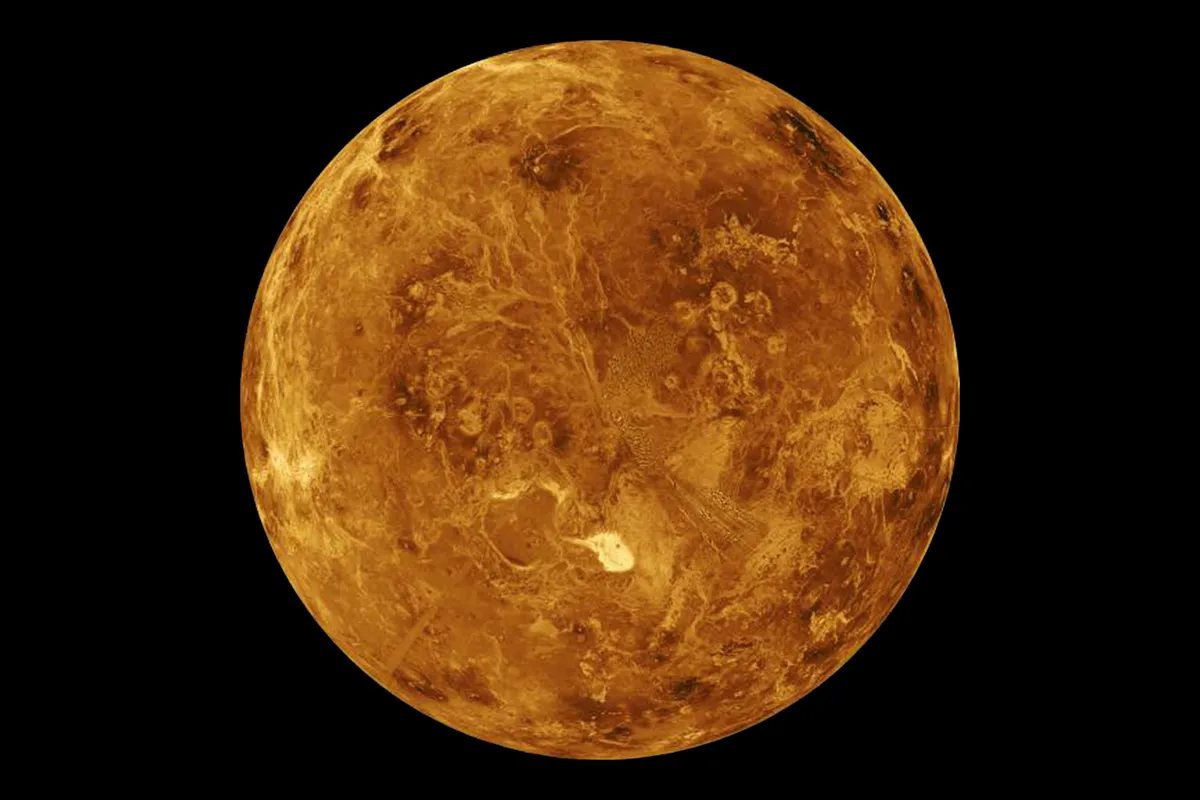
Venus is known today to be a scorching-hot world, with lava flows together with volcanoes that may well be active.
But a few decades ago there was wide support for the picture painted by FI Whipple and DH Menzel, according to whom Venus was almost completely covered with water.
An oceanic Venus sounded attractive.
Life could begin there and evolve just as it presumably did in our seas long ago, so that our first astronauts might be welcomed by an ichthyosaurus or perhaps a pterodactyl.
The Moon's craters are volcanic
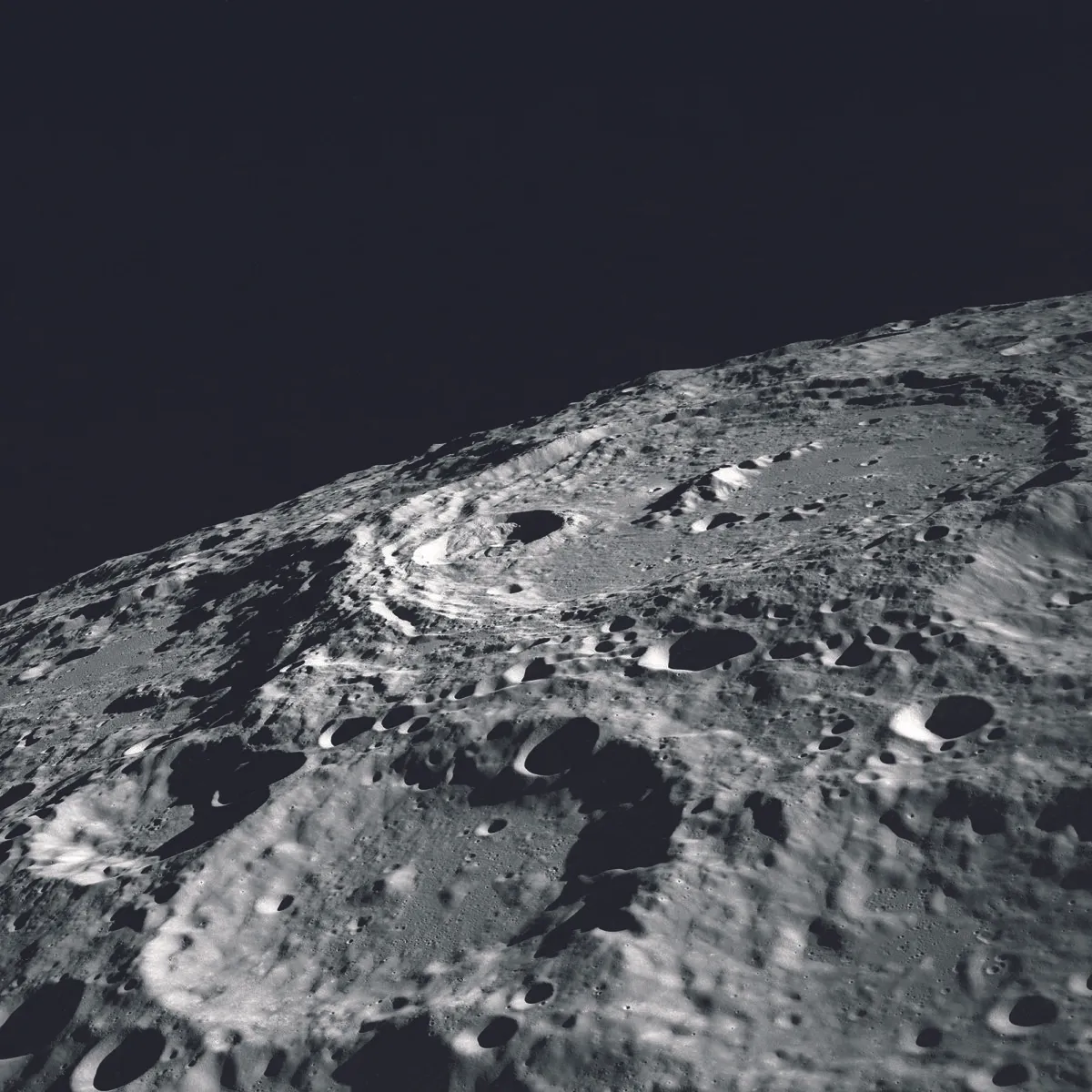
Now for the Moon. Originally it was assumed that the craters were of volcanic origin, because they looked like volcanic calderae and there seemed to be no obvious alternative.
A suggestion made in the 1830s by Franz von Paula Gruithuisen that they could be due to falling meteorites was not taken very seriously.
However, after the end of the Second World War the impact theory was revived, initially by Ralph Baldwin in America and this time it took root.
At times the discussions between the ‘volcanists’ and the ‘meteoricists’ became strangely heated.
I was a convinced volcanist and I put forward my arguments, which I firmly believed to be conclusive.
For instance, when one crater breaks into another, it is the smaller formation that intrudes into the larger.
This is true in 99.9% of cases, so that the crater distribution is not random, as it would be following a meteoritic bombardment.
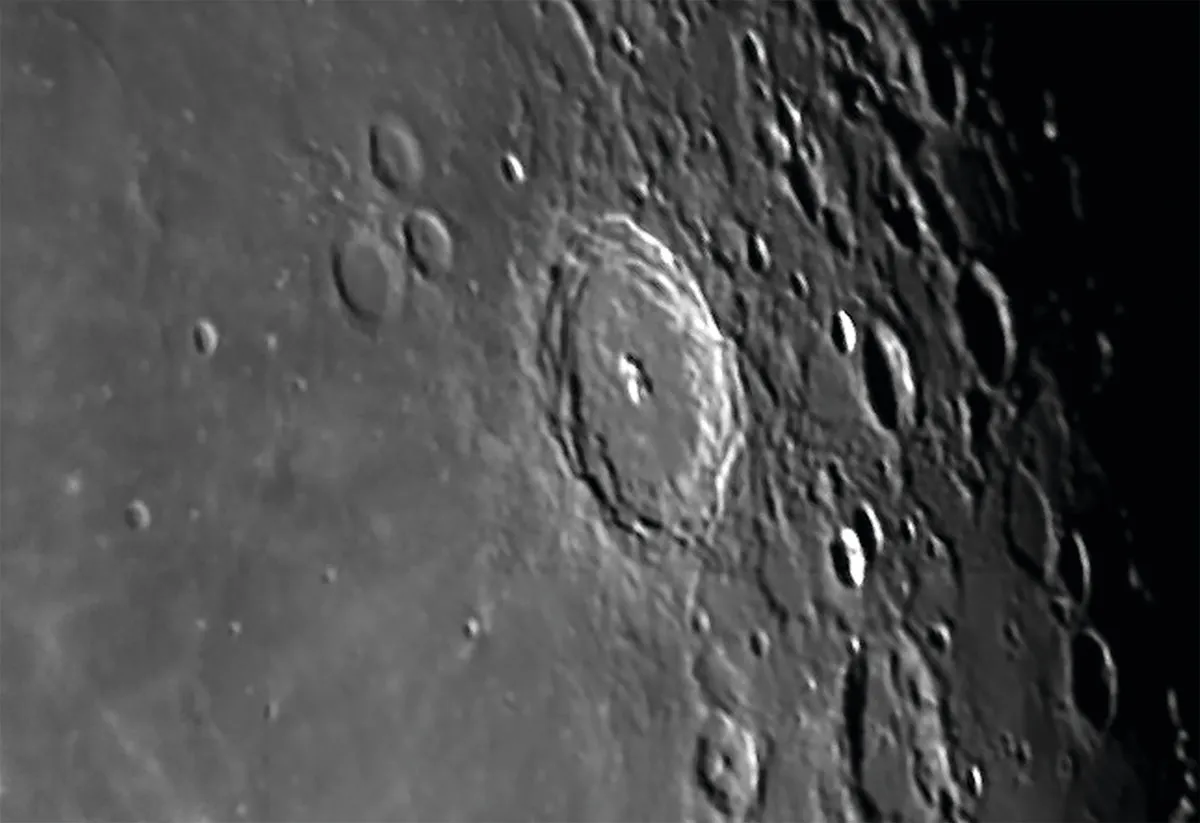
Similarly, large structures of obviously different ages are lined up in chains, for example: Petavius; Langrenus; Vendelinus.
And when one crater breaks into another, the wall of the broken crater can often remain undamaged right up to the point of junction.
There are endless examples of the non-random distribution of the craters.
Many rounded peaks have summit craterlets, symmetrically placed twins (Challis/Main), concentric craters (Taruntius); crater valleys (Rheita)… But why go on?
Finally, if the Moon has been so pelted and considering that there is no atmospheric erosion, where have all the meteorites gone?
Certainly they are not lying around waiting to be picked up, as in Antarctica.
I think I was one of the last of the volcanists to admit defeat but in the end I had no choice.
There has undoubtedly been widespread volcanism on the Moon but the craters are not calderae, as I thought.
To the impact theory – sorry. This was one of my major blunders!
This article originally appeared in the July 2007 issue of BBC Sky at Night Magazine.
